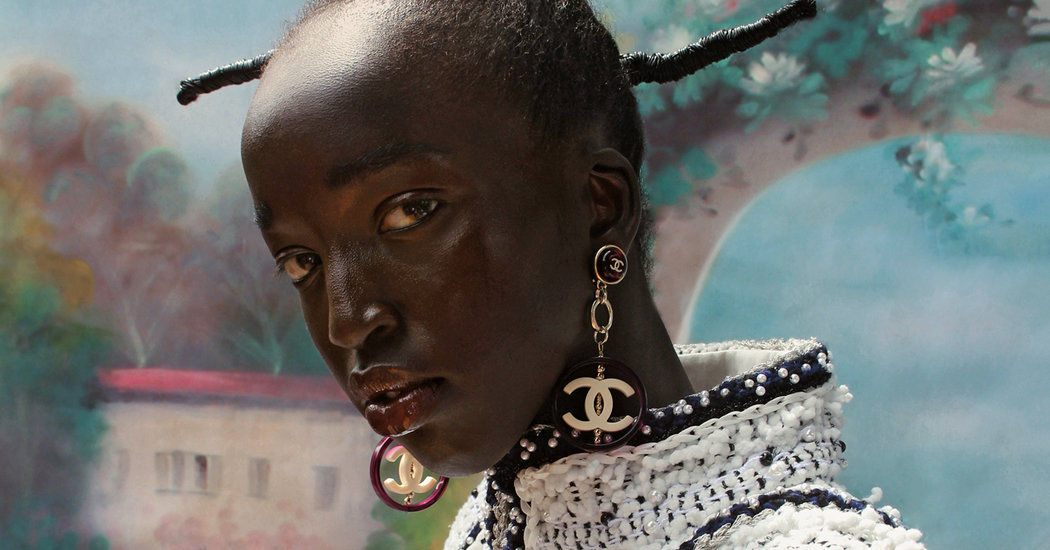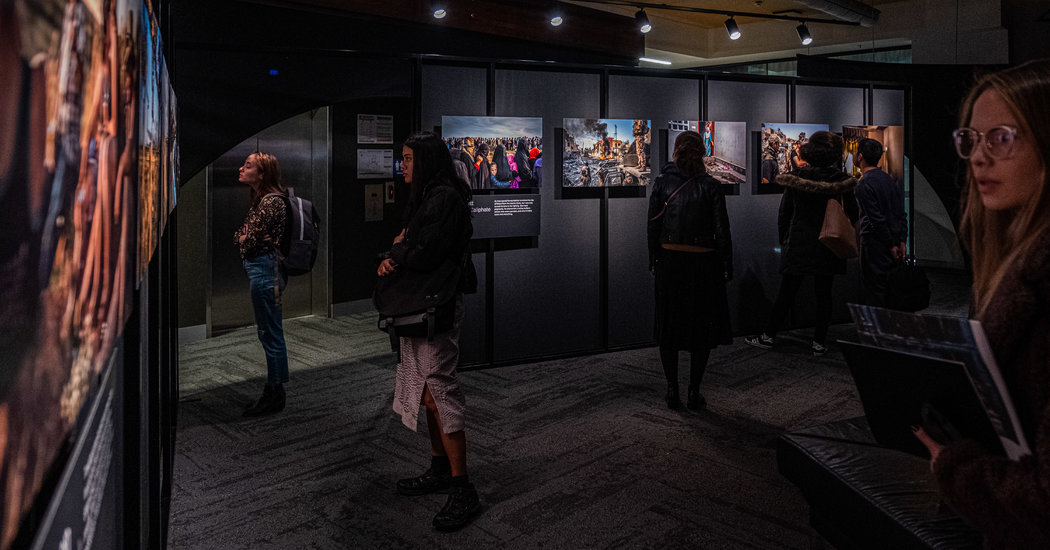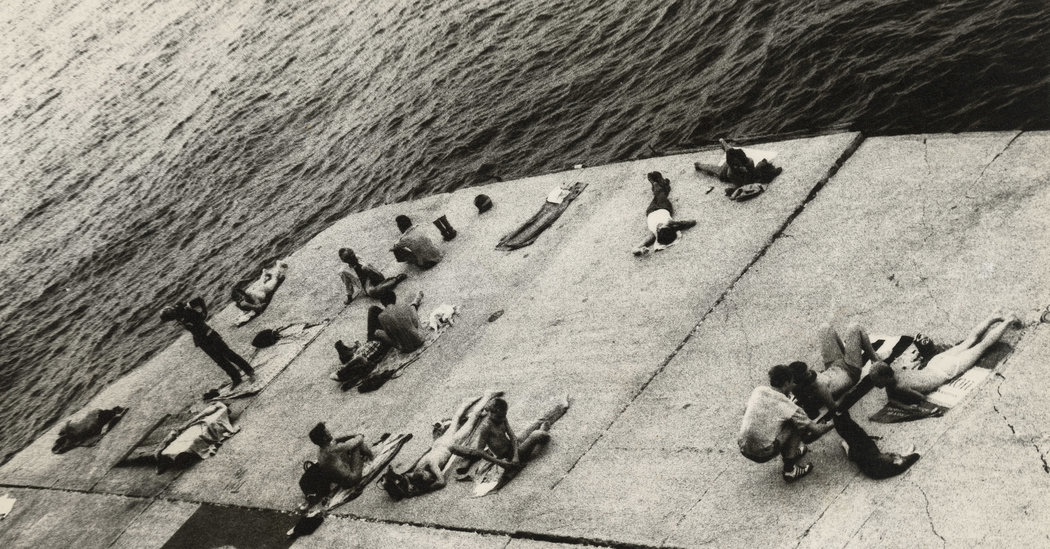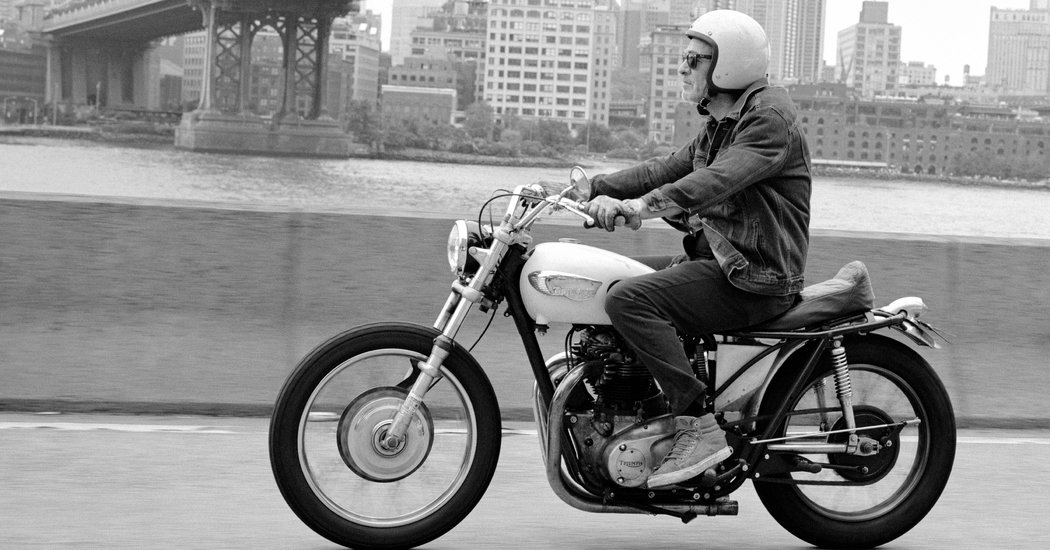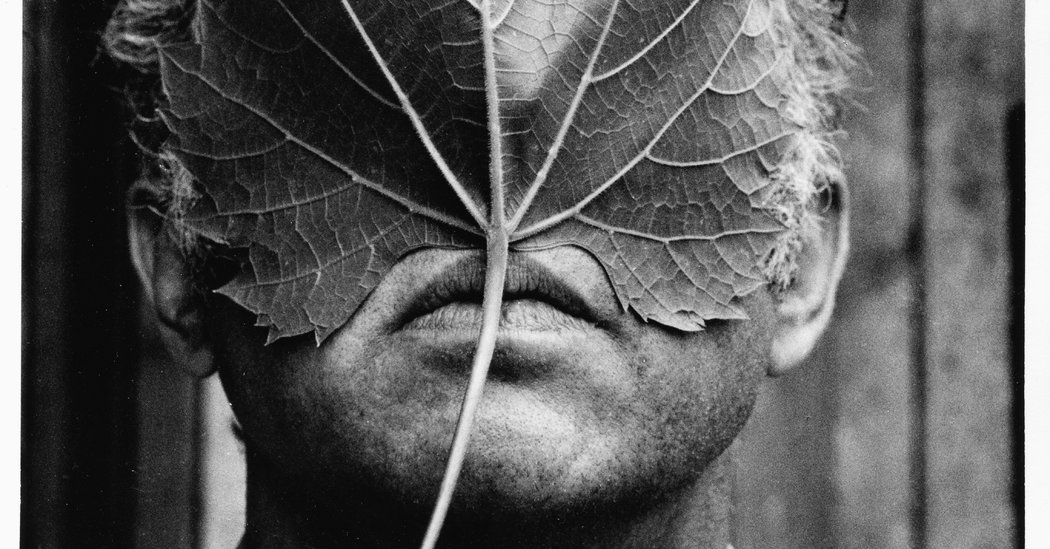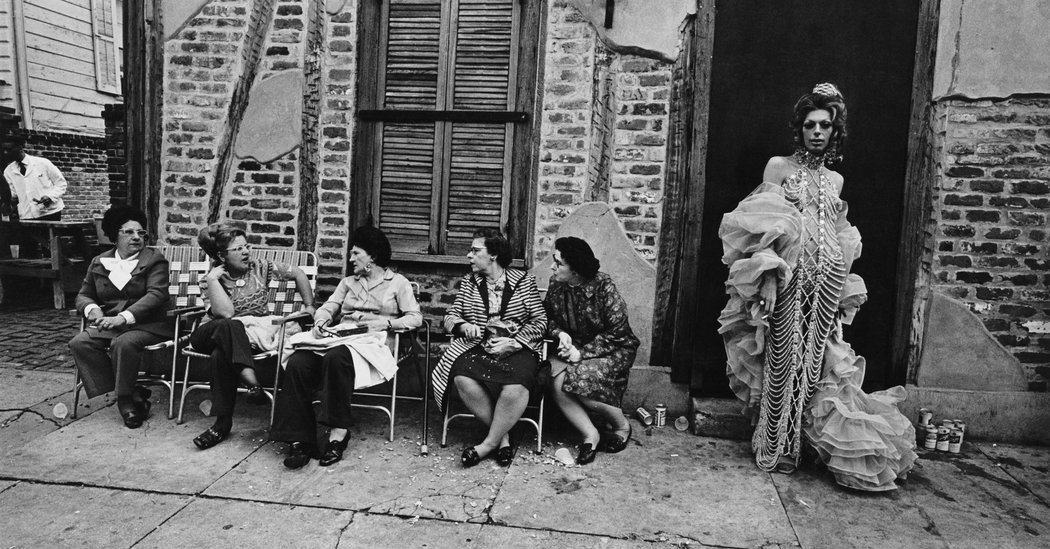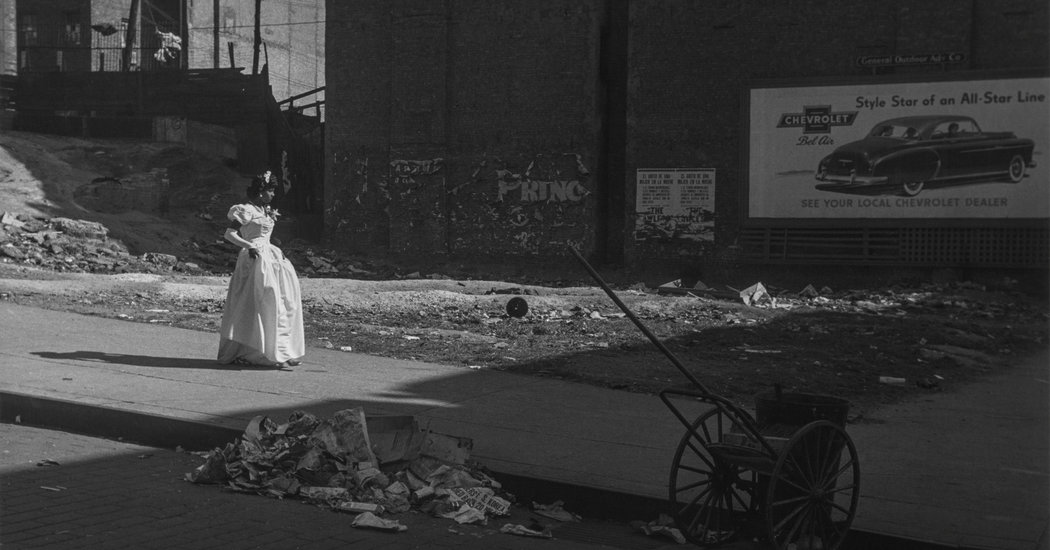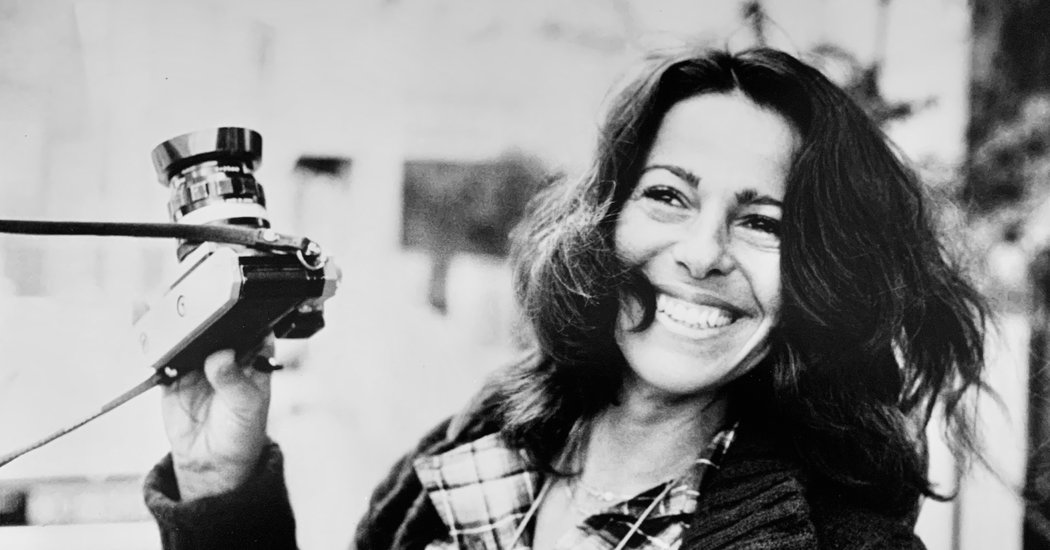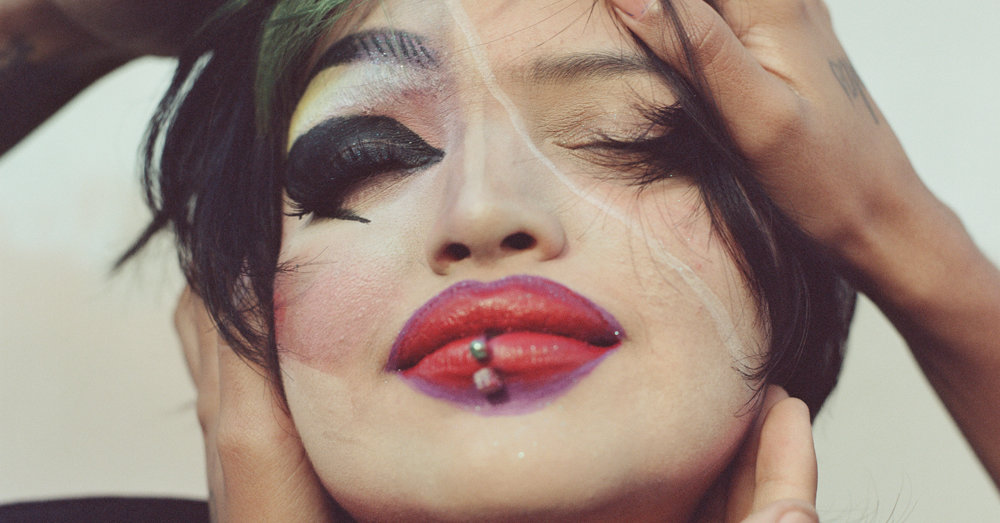Antwaun Sargent adapted this essay from his new e-book, “The New Black Vanguard: Images Among Artwork and Manner,” to be printed future thirty day period by Aperture.
In 2018, American Vogue revealed two covers featuring the world wide icon Beyoncé on its esteemed September issue. However it was her fourth time fronting the venerable every month, this was the shoot read all around the earth: For the to start with time in the magazine’s century-extensive history a black photographer, Tyler Mitchell, had been commissioned to build its handles.
On a person protect the musician is conveying a temporal softness and an air of contemporary domesticity in a white ruffled Gucci gown and Rebel Rebel floral headdress on the other cover she is standing amid mother nature, sporting a tiered Alexander McQueen costume with Pan-African colours, her hair braided into cornrows. Her gaze is self-confident, a symbol of black motherhood, beauty and pleasure.
“To convey black beauty is an act of justice,” says Mr. Mitchell, who was just 23 decades old when the photos were published.
For Mr. Mitchell, the Beyoncé portraits, a person of which was lately acquired by the Smithsonian’s Nationwide Portrait Gallery, are suggestive of his broader concern to create images that contains “a sure autobiographical ingredient.” Mr. Mitchell, now 25, grew up in Atlanta and was fascinated by artwork and style photographs he noticed on Tumblr. “Fashion was constantly something distant for me,” he suggests.
His personal images evoke what he phone calls a “black utopia” — a telegraphing of black humanity lengthy unseen in the public creativeness. In “Untitled (Twins II)” from 2017, he characteristics the brothers (and vogue types) Torey and Khorey McDonald of Brooklyn, noticed draped in pearls and resting against a pink and cream backdrop. The photos doc the type, id and elegance of black youth — “what I see to be a full selection of expression probable for a black man in the foreseeable future,” he clarifies. His topics are normally at play in grass, smiling in repose and at times peer with an honest gaze at the digital camera.
Mr. Mitchell is a part of a burgeoning new vanguard of youthful black photographers, together with Daniel Obasi, Adrienne Raquel, Micaiah Carter, Nadine Ijewere, Renell Medrano and Dana Scruggs, who are working to widen the representation of black lives all around the planet — certainly, to grow the perspective of blackness in all its diversity. In the process, they are difficult a modern culture that nevertheless relies on insidious stereotypes in its depictions of black lifestyle.
These artists’ vibrant portraits and conceptual photos fuse the genres of art and style pictures in approaches that crack down their prolonged recognized boundaries. They are commonly eaten in common life style journals, ad strategies, museums. But mainly because of the historical past of exclusion of black performs from mainstream trend pages and the partitions of galleries, these artists are also curating their possess exhibitions, conceptualizing their personal zines and world wide web internet sites, and utilizing their social media platforms to interact right with their increasing audiences, who normally comment on how their photos powerfully mirror their have lives.
In 2015, the South African photographer Jamal Nxedlana, 34, co-established Bubblegum Club, a publishing platform with a mission to convey collectively marginalized and disparate voices in South Africa, and to “help develop the self-belief of talented minds out there in music, art, and manner.” Mr. Nxedlana’s Afrosurrealist photos illustrate the tales of youthful artists from throughout the African diaspora. He sees his function as a variety of visual activism seeking to challenge the “idea that blackness is homogeneous.”
It is a perspective generally seen in the get the job done of this free motion of rising skills who are generating pictures in vastly distinctive contexts — New York and Johannesburg, Lagos and London. The outcomes — often in collaboration with black stylists and vogue designers — existing new views on the medium of images and notions of race and magnificence, gender and power.
Their action builds on the long history of black photographic portraiture that dates to the advent of the medium in the mid-1800s. A lot more right away, their pictures allude to the tips of self-presentation captured by predecessors like Kwame Brathwaite, Carrie Mae Weems and Mickalene Thomas. What is unfolding is a present-day rethinking of the options of black illustration by artists who illustrate their individual wants and handle their have pictures. In the area of the two fashion and artwork, they are combating photography with photography.
“The trend impression is vital in visualizing minorities in distinctive scenarios than those witnessed in advance of in background,” notes Campbell Addy, 26, a British-Ghanian photographer. Mr. Addy’s emerging archive provides delight of location to additional fluid expressions of sexuality and masculinity in stylized photographs — like his untitled portrait of a shirtless black gentleman whose deal with is protected in a makeshift crimson-and-white mask and his neck adorned with pearls and a rosary. “To engage in with vogue is to play with one’s representation in the planet,” provides Mr. Addy, who also established a modeling agency and the Niijournal, which documents religion, poetry, trend and trends in photojournalism. “There’s a sense of educating the viewer,” he states.
Inspiration for Arielle Bobb-Willis’s shots of black figures, whose faces are generally obscured from the camera’s gaze and whose bodies are captured in unnatural poses, can be uncovered in the vivid canvases of modernist African-American painters these as Jacob Lawrence and Benny Andrews.
MS. Bobb-Willis is interested in how these artists used a sly feeling of abstraction in their portraiture, pushing illustration beyond realism and stereotype. In her will work, these as “New Orleans” (2018), a picture of a woman figure wearing candy-colored garments as her overall body bends each which way just before an abandoned storefront, Ms. Bobb-Willis, 24, showcases what she phone calls the individual “tension” of wanting to be seen in a tradition that has extended misrepresented the realities of black individuals.
The British-Nigerian photographer Ruth Ossai, 28, also incorporates her very own Ibo family members in jap Nigeria and kin in Yorkshire, England. “I attempt to clearly show texture, depth and really like — the power, tenacity and ingenuity of my topics,” she explains. In Ms. Ossai’s elaborate, playful and fashionable portraits, they are dressed in a mix of classic garments and western have on. She suggests of her pictures, “Young or aged, my aunties and uncles flaunt our society and feeling of id unapologetically, with a perception of pride and self esteem.”
“The present generation is keen on just believing in their crafts” claims Mr. Tayo, 25, whose perform is at the moment on view in “City Prince/sses” at Palais de Tokyo in Paris. “It’s also pretty to be section of a technology that is doing so substantially to regain what could be termed ‘freedom.’”
Illustrations or photos of the black body are not the only way these photographers contemplate notions of identity and heritage. The Swiss-Guinean photographer Namsa Leuba focuses on certain objects utilised in tribal rituals across the African diaspora to probe, conceptually, the way blackness has been described in the western creativity. Ms. Leuba, 36, produces what she phone calls “documentary fictions” that possess an anthropological high quality. In collection like “The African Queens” (2012) and “Cocktail” (2011), her figures are draped in ceremonial costume and surrounded by statues imbued with nobility.
Awol Erizku, in addition to his celebrity portraits of black actors and musicians these as Michael B. Jordan and Viola Davis, creates powerful continue to lifestyle imagery filled with found objects set against monochromatic backdrops. They reference artwork background, black songs, culture and character. The is effective also spotlight Mr. Erizku’s curiosity in interrogating the history of pictures when disrupting existing hierarchies.
In “Asiatic Lilies” (2017), a black hand with a gold bangle holds a broken Kodak Shirley Card, named for the white design whose pores and skin tone was used to calibrate the common for color film. The hand is evaluating the card to objects that have been whitewashed, which include a bust of Nefertiti, painted black. Mr. Erizku, 31, also features in his photograph a compact gold sculpture of King Tut, and clean lilies, the flower of superior fortune.
The concept for his generation of image makers is crystal clear: “I am making an attempt to develop a new vernacular — black art as universal.”
